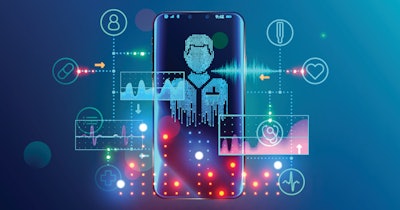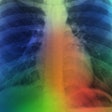
The U.S. Department of Health and Human Services Biomedical Advanced Research and Development Authority (BARDA) is partnering with Virufy and VisualDx through its Division of Research, Innovation, and Ventures (DRIVe) to develop algorithms for future smartphone apps for the detection of visual and auditory symptoms of infectious diseases such as COVID-19 and monkeypox.
Support for algorithm and app development is part of BARDA’s new Digital Medical Countermeasures program aimed at developing digital tools to enable faster, more accessible approaches during public health emergencies.
Using artificial intelligence and machine learning (AI/ML) algorithms, smartphone applications can process image and audio data captured with the phone’s existing hardware to detect patterns, anomalies, differences, and disease signatures. AI/ML algorithms can analyze more data in audio and images than human ears and eyes can process, making them particularly suitable for identifying signs and symptoms of illness.
Virufy is working on an app that analyzes brief audio recordings to identify patterns in coughs suggestive of COVID-19 infection. The firm has developed the app through analyzing several thousand samples from international clinical networks and crowdsourcing. With DRIVe’s support, Virufy will further develop and refine its algorithm and conduct additional clinical studies.
VisualDx is planning work on an AI/ML algorithm that analyzes user-provided skin lesion images and includes a symptom questionnaire on a smartphone app. The algorithm would provide information on the indicated disease and similar conditions. The aim of this project is to use AI/ML-based image analysis for rapid and accessible symptom checking for pox-based viruses such as smallpox or monkeypox, providing a digital health tool that could be readily modified in the event of a future outbreak.



















